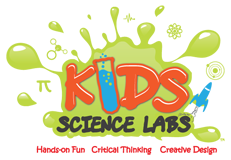Summer Camps in Chicago that explore Engineering for Kids
Summer break is approaching, and STEM is as critical as ever, especially for Summer Camps in Chicago, Seattle Summer Camps , and kids everywhere to build critical thinking skills that will power our future for generations.
The Best Summer Camps, are built on Problem Solving, Critical Thinking, and Creativity
Every class @KSL starts with a question that motivates and excites students to begin to think critically about the science we see everyday. Whether in Chicago, Seattle, or D.C., bridges are a critical part of how our cities work to transport pedestrians, wildlife, vehicles, and goods safely to their destination. So on this day in Builder’s Paradise, we used everyday innovations to better understand how to make bridges stronger with shapes and durable materials, how to protect them from both physical and environmental damage, and how to customize them to meet the needs of any unique situation in our city.
Students performed problem solving experiments along several dimensions to better understand Civil Engineering and Bridge Infrastructure:
How do we make a paper bridge stronger by changing its shape and bundling (stacking paper together to improve its density)
Why is it important to test maximum loads of each type of material on a bridge during and after construction
How do environmental conditions (wind, humidity, heat, water) affect bridge designs
Where may the certain types of bridges be most useful (beam, truss, suspension, arch)
Our older students may also have looked at what can go wrong in bridge design and discussed some of the issues in our U.S. infrastructure issues with bridges that are 100+ years old, that were designed before we had cars, trucks, and massive transportation infrastructure.
For more advanced learning, please show the following video or watch it alongside your child to build problem solving with bridges














